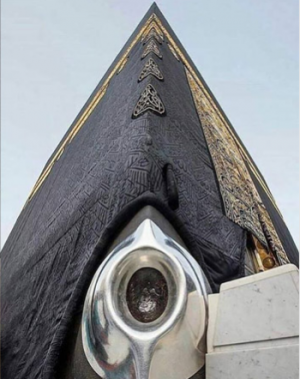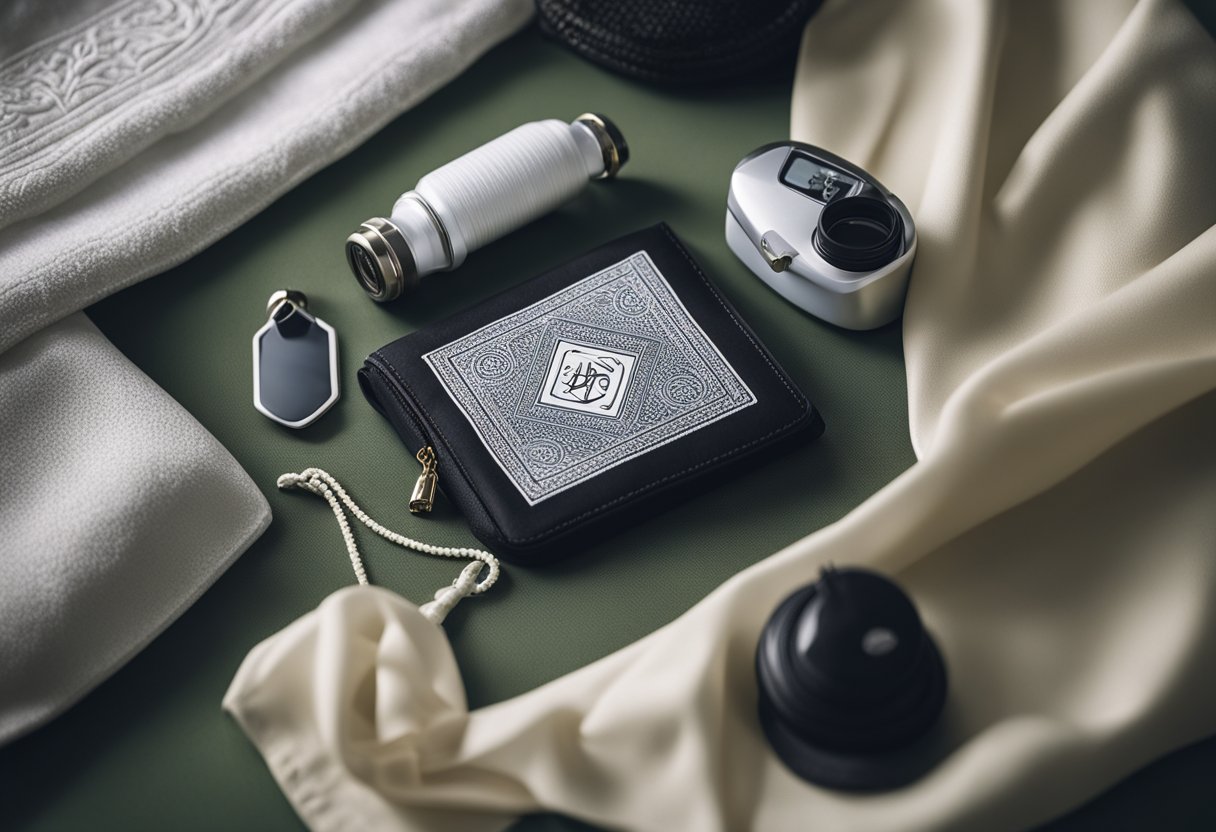The Hajar Aswad, or the black stone, sits in the eastern corner of the Kaaba in Makkah, Saudi Arabia. It has a history thousands of years old. Every year millions of Muslims travel to the Kaaba as part of their pilgrimage and try to kiss the Hajar Aswad, following the practice of the Prophet Muhammad (SAW)

The corner of the Kaaba where the stone is set – in a silver frame – is where Muslims start and end their tawaf, or circumambulation, of the Kaaba. Each of the seven times pilgrims circle it; they kiss, touch or point towards the black stone, following the Sunnah of the Prophet Muhammad (SAW).
History of the Kaaba Black Stone
The origin of the black stone is said to be Paradise from a hadith: “The Black stone descended from paradise, and it was whiter than milk, then it was blacked by the sins of the children of Adam.” (Tirmidhi)
In one narrative, it says when the construction of the Kaaba was almost finished by Prophet Ibrahim (AS), there was one small piece missing and so he asked his son Ismail (AS) to look for a stone. When Ismail (AS) came back sometime later without finding a suitable rock, he saw one already in place. He asked his father Ibrahim (AS) who informed him Angel Jibril (AS) came with the heavenly stone to be placed in this spot.
The Kaaba has been built a few times since then, but the hajr has always been in place, until the time of the Prophet (SAW) when a great flood destroyed the Kaaba and it needed to be rebuilt. This is when the famous incident of him being chosen by all the people to place it back in its place took place.
The Hajr was once also stolen by a sect called the Qaramites after a raid on the Kaaba in the 4th century AH. It was taken out of its place with an axe and it seems here that it broke into many pieces. The group took it to their homeland and only after 20 years was it finally returned to its original location.
What is the black stone made of?
There doesn’t seem to be a recent study of the Hajr Aswad to find the composition of it. There are various ideas given such as a meteorite rock or an agate type rock, but this is from studying pictures rather than close scientific testing.
Hajar Aswad in Quran
There is no mention of the Hajar Aswad in the Quran and there doesn’t seem to be a reference to it in any detailed verses.
Hajar Aswad Hadith
It was narrated by Ibn Abbas (RA) that the Prophet of Allah(SAW) said concerning the Stone: “By Allah, Allah will bring it on the Day of judgment, and it will have two eyes with which it will see and a tongue with which it will speak, and it will testify in favour of those who touched it in sincerity.” (Tirmidhi, Ibn Majah)


